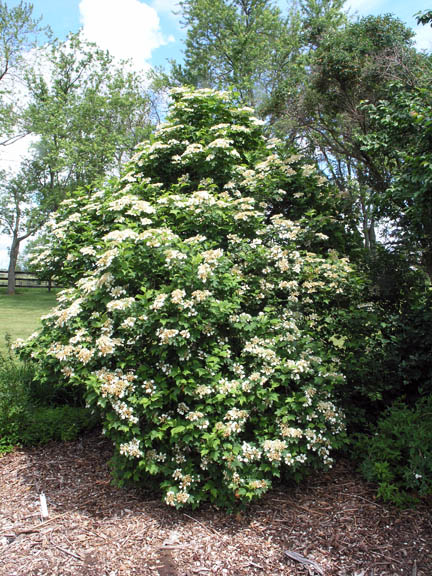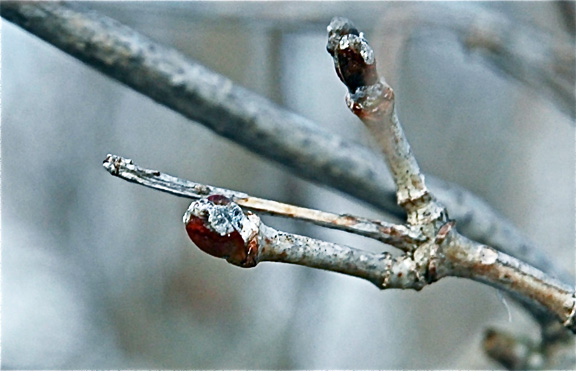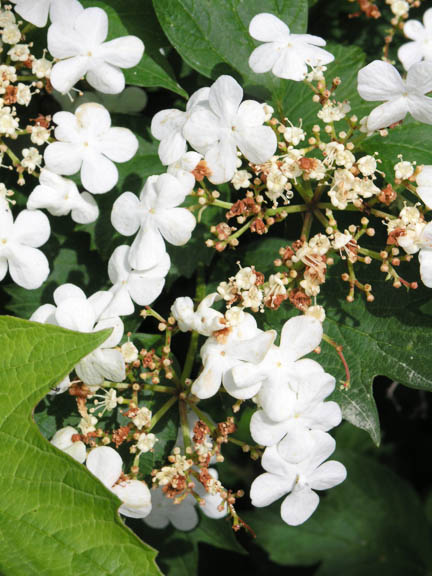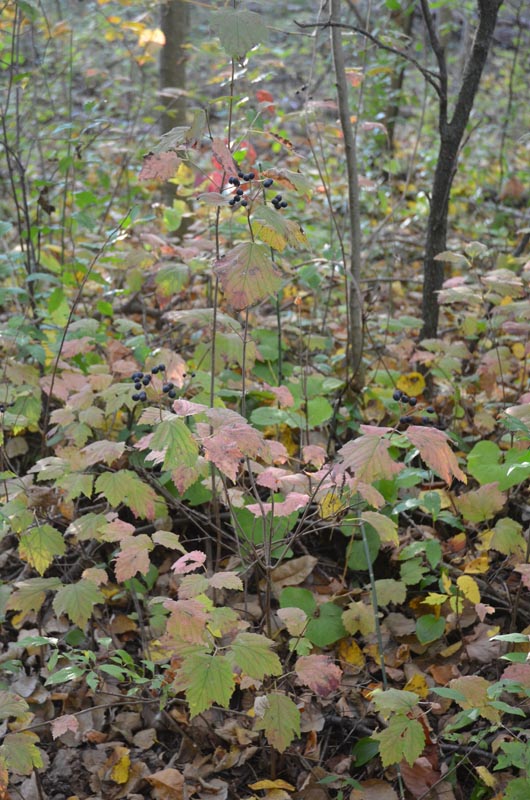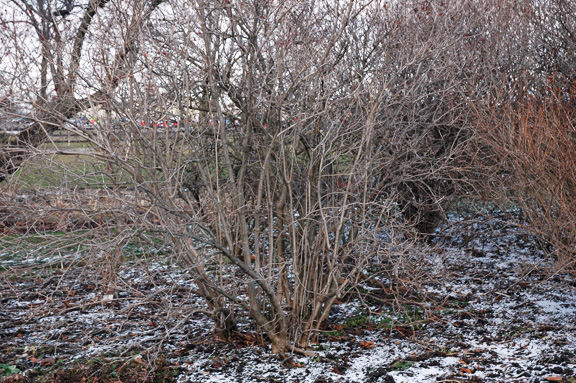
Woody > Viburnum > Viburnum opulus > Viburnum opulus var. americanum
Viburnum opulus
var. americanum
American Cranberrybush Viburnum
Origin: North America.
| Family |
| Viburnaceae (Adoxaceae) |
| Genus |
| Viburnum |
| Species |
| opulus |
| Category |
| Woody |
| Type |
| Shrub (deciduous) |
| Variety |
| americanum |
| Synonyms |
| Viburnum opulus ssp. trilobum, Viburnum trilobum. |
| Pronunciation |
| USDA Hardiness Zone |
| 2 - 7 |
| RHS Hardiness Zone |
| H7 |
| Height |
| 2.4 - 3.6 m |
| Spread |
| 2.4 - 3.6 m |
Photographs
Description and Growing Information
Flowering Period
| Landscape |
| Works well as a hedge, border or foundation. |
| Cultivation |
| Grows best in average, moist, well-drained soils in full sun to part shade. Prune as needed after flowering. |
| Shape |
| Grows up with an upright rounded, spreading habit that typically grows to 240-300 cm. |
| Pests |
| Aphids may cause this plant problems, as well as leaf spot and powdery mildew. |
| Bark/Stem Description |
| Dense branches. |
| Leaf Description |
| Three lobed, maple-like leaves. |
| Flower Description |
| Small, lacecap flowers. |
| Fruit Description |
| Round edible berries. |
| Colour Description |
| Dark green leaves turn a brilliant red in autumn. Red berries, similar to cranberries. White flowers. |
| Ethnobotanical Uses (Disclaimer) |
| The berries are sometimes used to make jams and jellies. |
